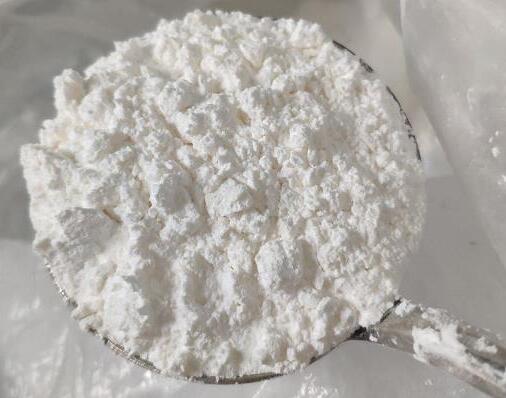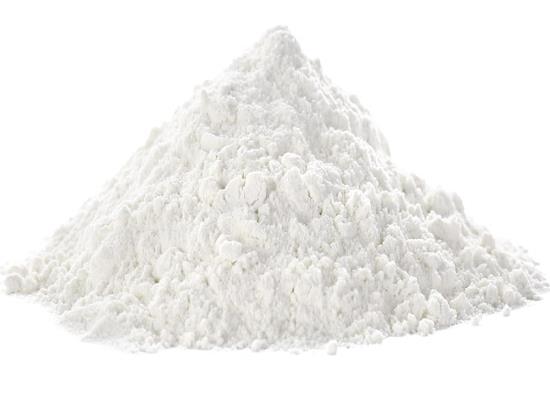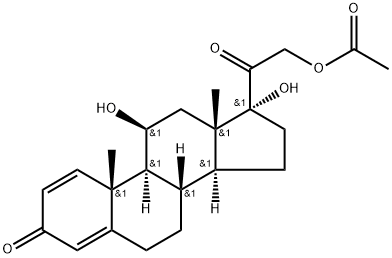Prednisolone-21-Acetate: Pharmacodynamics, Pharmacokinetics and Side Effects
Oct 10,2024
General Description
Prednisolone-21-acetate is a corticosteroid with significant pharmacodynamic and pharmacokinetic properties, primarily acting through glucocorticoid receptor interaction to inhibit inflammation and immune responses. It has a short half-life of 2 to 3 hours, necessitating careful dosing. Its metabolism occurs via ester hydrolysis to produce the active metabolite prednisolone, which is further metabolized and eliminated primarily through urine. Patients using Prednisolone-21-acetate may experience serious side effects, including respiratory issues, swelling, and psychological changes, alongside common side effects like fluid retention, dizziness, and gastrointestinal discomfort. Monitoring is vital, especially for children, to avoid complications.
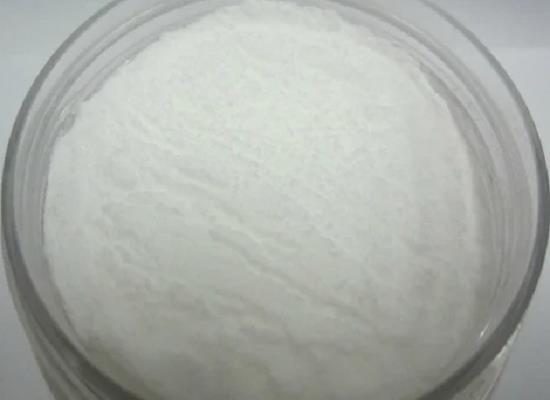
Figure 1. Prednisolone-21-acetate
Pharmacodynamics
Prednisolone-21-acetate, a corticosteroid, demonstrates significant pharmacodynamic properties through its interaction with the glucocorticoid receptor. By binding to this receptor, Prednisolone-21-acetate effectively inhibits pro-inflammatory signaling pathways while promoting anti-inflammatory responses. The drug has a relatively short duration of action, with a half-life of approximately 2 to 3 hours, necessitating careful management of dosing to maintain therapeutic effects. Prednisolone-21-acetate possesses a wide therapeutic window, allowing for doses that can significantly exceed the body’s natural corticosteroid production. However, it is crucial for patients undergoing treatment with Prednisolone-21-acetate to be aware of potential side effects, including hypothalamic-pituitary-adrenal axis suppression and an increased susceptibility to infections, which necessitate monitoring and counseling. 1
Mechanism of Action
The therapeutic effects of Prednisolone-21-acetate manifest through several mechanisms. Initially, it causes a reduction in vasodilation and decreases capillary permeability, along with inhibiting the migration of leukocytes to inflammatory sites. The binding of Prednisolone-21-acetate to the glucocorticoid receptor triggers alterations in gene expression, leading to various downstream effects that can last hours to days. Notably, Prednisolone-21-acetate inhibits neutrophil apoptosis and demargination, reduces the activity of phospholipase A2—which consequently lowers the formation of arachidonic acid derivatives—and interferes with inflammatory transcription factors such as NF-Kappa B. While lower doses yield anti-inflammatory effects, higher doses can exert immunosuppressive actions. Prolonged usage of elevated doses of Prednisolone-21-acetate may also result in increased sodium retention and decreased potassium levels due to its interaction with the mineralocorticoid receptor. 1
Pharmacokinetics
Absorption and Distribution
Prednisolone-21-acetate, when administered in oral suspension at a dose equivalent to 15 milligrams, demonstrates specific pharmacokinetic characteristics. It achieves a maximum concentration (Cmax) of 321.1 nanograms per hour, with a time to reach this peak (Tmax) of approximately 1 to 2 hours. The area under the concentration-time curve (AUC) for Prednisolone-21-acetate is recorded at 1999.4 nanogram hours per milliliter. It is essential to note that the absorption characteristics of Prednisolone-21-acetate do not significantly differ from those of its comparable active metabolite, prednisolone. The volume of distribution for prednisolone is reported to be between 0.22 and 0.7 liters per kilogram, indicating its distribution throughout the body upon entering the systemic circulation. 2
Metabolism and Elimination
The metabolism of Prednisolone-21-acetate occurs primarily through ester hydrolysis, yielding prednisolone as the active metabolite. Following this transformation, prednisolone undergoes a series of metabolic pathways, including reversible conversion to prednisone. This further metabolizes into various secondary metabolites such as 17α,21-dihydroxy-pregnan-1,4,6-trien-3,11,30-trione and several others. The metabolites of prednisolone, along with their glucuronide conjugates, are predominantly excreted in the urine. The elimination half-life of oral Prednisolone-21-acetate is relatively short, ranging between 2 to 3 hours, indicative of the drug's rapid clearance from the bloodstream. Although there is limited data available regarding the specific clearance rates for Prednisolone-21-acetate, understanding its metabolism and route of elimination is crucial for optimizing clinical use and managing potential side effects. 2
Side Effects
Serious Side Effects
Prednisolone-21-acetate is associated with several serious side effects that warrant immediate medical attention. Patients using Prednisolone-21-acetate may experience symptoms such as shortness of breath, which can occur even with mild physical exertion. Other severe side effects include swelling and rapid weight gain, as well as bruising and thinning of the skin. In some cases, wounds may not heal properly, and patients may also face psychological effects—such as severe depression, changes in personality, or unusual thoughts and behaviors. Additional warning signs include new pain in limbs or back, gastrointestinal distress manifesting as bloody or tarry stools, or vomiting resembling coffee grounds. Severe abdominal pain that radiates to the back, along with nausea and vomiting, should also prompt urgent medical evaluation. 3
Common and Chronic Side Effects
While the more serious effects of Prednisolone-21-acetate are concerning, it is essential to be aware of the common side effects associated with its use as well. Patients may experience fluid retention, resulting in noticeable swelling in the hands or ankles. Dizziness and a spinning sensation are frequently reported, along with potential changes in menstrual periods in women. Headaches, muscle pain or weakness, and stomach discomfort or bloating are also common complaints among those taking Prednisolone-21-acetate. Chronic overdosage of Prednisolone-21-acetate can exacerbate these side effects, necessitating dose adjustments or alternate-day therapy. Furthermore, in children, prolonged use of Prednisolone-21-acetate may impede growth, which should be closely monitored by healthcare professionals. Overall, awareness of the side effects is critical for effective management of treatment with Prednisolone-21-acetate. 3
References:
[1] Corticosteroid-related adverse effects[J]. Reactions Weekly, 1991, 2012 1: 1-9. DOI:10.2165/00128415-199103340-00078.
[2] SANG GYU KWAK M C C Yoo Jin Choo. Effectiveness of prednisolone in complex regional pain syndrome treatment: A systematic narrative review.[J]. Pain Practice, 2022, 22 3. DOI:10.1111/papr.13090.
- Related articles
- Related Qustion
Chlorambucil is an antineoplastic in the class of alkylating agents that is used to treat various forms of cancer.....
Jan 17,2025APIQuetiapine fumarate is an atypical antipsychotic effective for mood disorders, sleep disturbances, and potential pain management in multiple sclerosis and neuroprotective applications.....
Oct 10,2024APIPrednisolone-21-acetate
52-21-1You may like
Prednisolone-21-acetate manufacturers
- Prednisolone-21-acetate
-
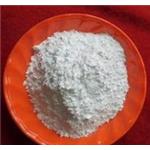
- $100.00/ kg
- 2025-01-16
- CAS:52-21-1
- Min. Order: 1kg
- Purity: 99%
- Supply Ability: 5000
- Prednisolone-21-acetate
-

- $885.00 / 1Kg/Bag
- 2025-01-06
- CAS:52-21-1
- Min. Order: 1KG
- Purity: 99%
- Supply Ability: 1T
- Prednisolone acetate
-
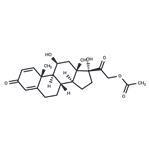
- $30.00 / 100mg
- 2024-11-19
- CAS:52-21-1
- Min. Order:
- Purity: 98.85%
- Supply Ability: 10g




